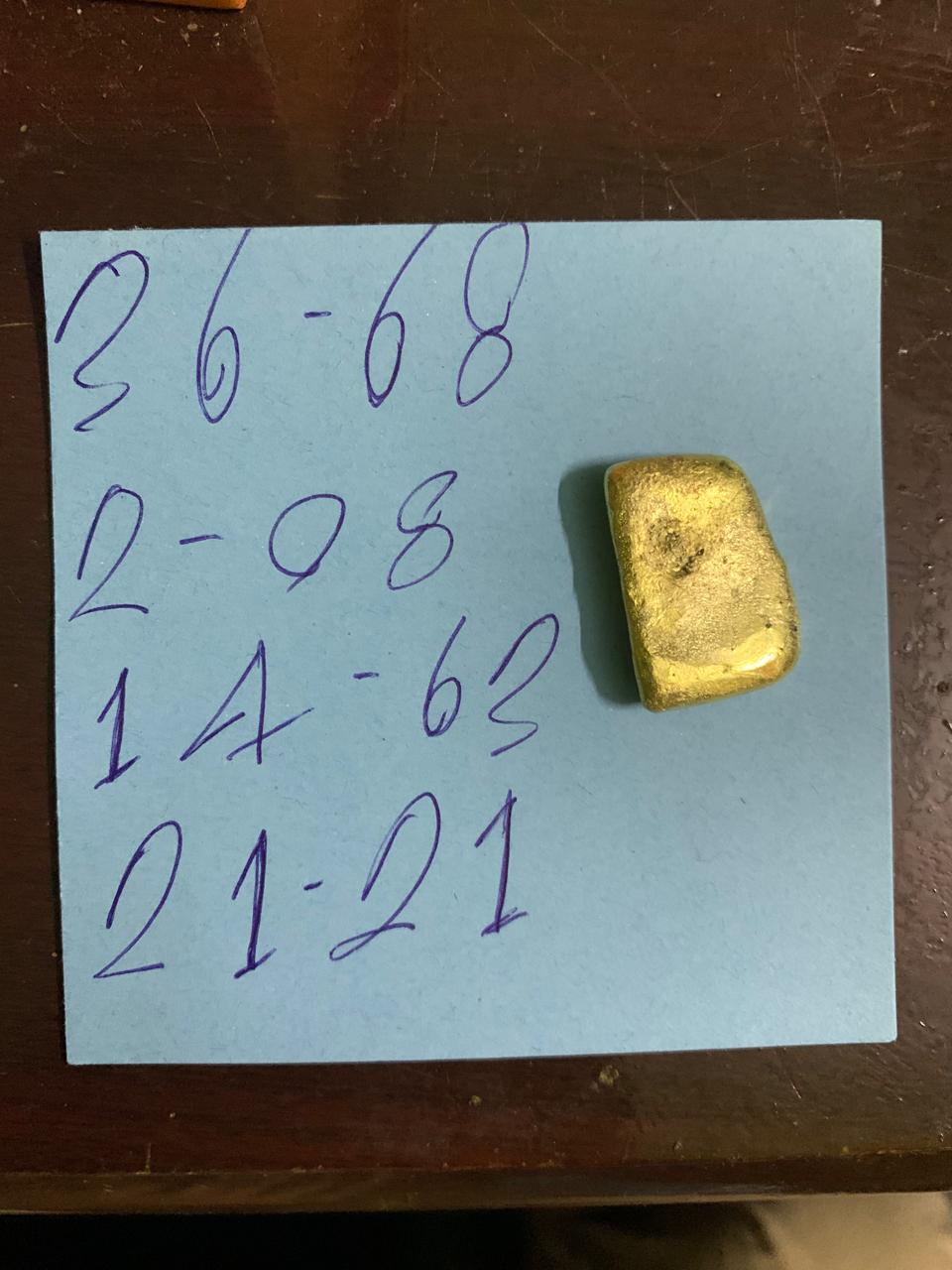Get Started Coal Mining
Embark on your coal mining journey with our tailored resources and support, designed to streamline operations and maximize productivity
Get started with coal mining today and explore the potential of this essential energy resource. Dive into the world of coal extraction and discover its crucial role in energy production
Exploration & Mining
“Exploration and mining are fundamental to uncovering valuable resources beneath the Earth’s surface. These industries involve rigorous exploration processes and responsible extraction practices to meet global demands for minerals and materials
- Best mining machines the coal mining
- Nulla aliquet sapien nec enim porttitor
- We have great skilled working engineers
- Hardworking staff and engineer's
Efficient Engineers Team
The Efficient Engineers Team excels in delivering streamlined solutions through collaborative innovation. We are dedicated to optimizing processes and achieving outstanding results
- Best mining machines the coal mining
- Nulla aliquet sapien nec enim porttitor
- We have great skilled working engineers
- Hardworking staff and engineer's
Frequently Asked Questions
provide answers to common queries about our products and services. Browse our FAQs to find quick solutions and helpful information
the shift supervisor should have a map of the mine. This map is crucial for maintaining operational oversight, enabling effective navigation of the mine’s layout, and ensuring preparedness to respond promptly to emergencies with clear knowledge of escape routes and critical infrastructure locations.
The principal combustible gas found in coal mines is methane, also known as firedamp. Methane poses a significant risk due to its flammability and explosive potential, requiring careful monitoring and ventilation to ensure safe working conditions underground
The principal causes of mine explosions typically stem from a combination of factors such as methane gas buildup, coal dust ignition, and inadequate ventilation systems. These factors can create volatile conditions underground, posing significant risks to miners and necessitating stringent safety protocols and monitoring to mitigate potential hazards.
Rescue parties should be equipped with essential gear such as breathing apparatuses, communication devices, first aid kits, and specialized tools for extrication. These resources are crucial for ensuring their safety and effectiveness in navigating hazardous environments during rescue operations.
Coal miners typically work long hours in challenging conditions. They often have shifts ranging from 8 to 12 hours, depending on the mine’s operations and regulations
Personal Protective Equipment (PPE) commonly used in mining includes helmets to protect against falling objects, respirators for air quality control, goggles or face shields for eye protection, gloves for hand safety, and specialized clothing such as high-visibility vests and steel-toed boots to enhance overall worker safety and health in mining environments.
The risks associated with mining include occupational hazards such as cave-ins, explosions, and exposure to harmful substances like dust and gases. Environmental impacts such as soil erosion and water contamination can also result from mining activities
Mining inspections are typically conducted through rigorous onsite evaluations by qualified inspectors. These inspections assess compliance with safety regulations, identify potential hazards, and ensure adherence to environmental standards, crucially contributing to the safety and sustainability of mining operations

